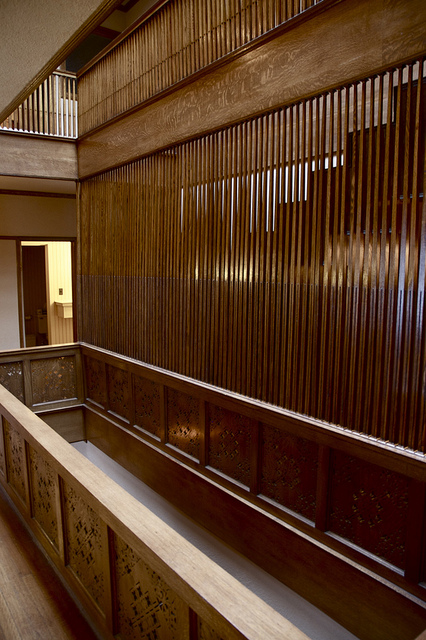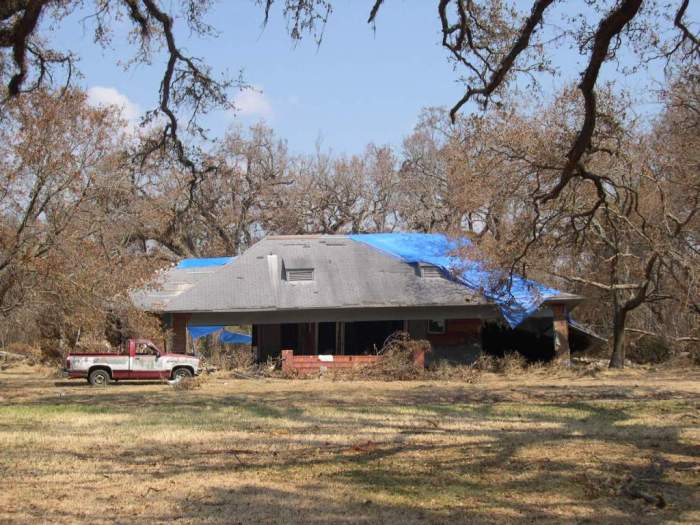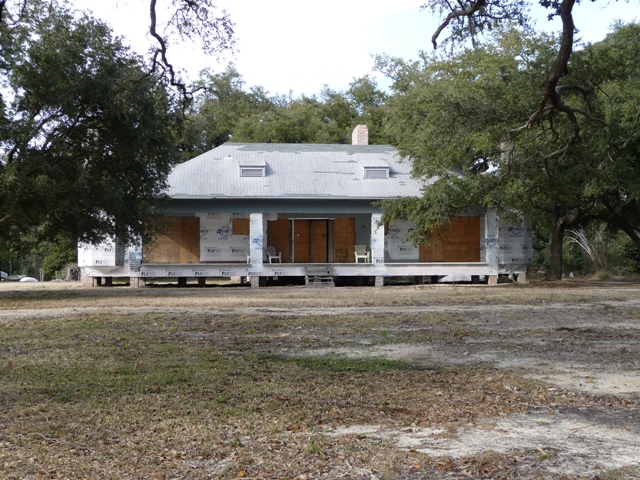A few weeks ago, during the official MissPres Summer Vacation, I had a chance to visit the “other” Charnley House, the one in Chicago. You’ve probably heard of and maybe even been able to get down to see the Mississippi Charnley House in Ocean Springs, and it made our official list of 101 Mississippi Places to See Before You Die. Its claim to fame is that it was designed by the firm of Louis Sullivan, when Frank Lloyd Wright was working as his chief draftsman. Sullivan was good friends with the Charnleys, who owned lumber interests in Mississippi but lived in Chicago. The Charnleys apparently were responsible for bringing Sullivan to Ocean Springs, where he found the beautiful view of the Mississippi Sound just what he needed to relax. In 1890, Sullivan and Charnley bought property next door to each other on what is now East Beach and they built two similar houses along with a guest house for the Charnleys. “Our” Charnley House actually predates the Chicago Charnley House, which was finished in 1892, also to the collaborative designs of Sullivan and Wright.
As we know, Sullivan’s own house was destroyed completely in Hurricane Katrina’s massive storm surge, but the Charnley house and its guest house survived in a battered state. The guest house is now renovated and back in use, and the Charnley’s interior renovation is getting underway.
In fact, I’m told that research since Katrina has indicated that the Ocean Springs house should probably be called Charnley -Norwood House, since the Norwood family bought the property from the Charnleys in the late 1890s. There was also apparently a fire around that time which brought on some amount of renovation and possibly some redesign, presumably by Sullivan himself, who still had his cottage next door. The house’s low horizontal lines hug the ground, and combined with the austere shingled siding were a radical departure from the ornate and vertical Victorian houses going up along the Coast and around the country.
Well, at any rate, no matter what our Charnley House ends up being called, I still wanted to see the Chicago Charnley and close that historical loop between Mississippi and Chicago. The fact that both these houses–both representing the height of the Sullivan/Wright collaboration but in different settings–still stand is a testament to many determined preservationists and responsible owners over the years.
The Chicago Charnley, called the Charnley-Persky House and located in the Gold Coast neighborhood north of downtown along the waterfront, has been occupied by the Society of Architectural Historians since 1995. The SAH gives a brief history of the building, along with other research links, on their website:
In Charnley House, as well as his other works, Sullivan rejected the historical details common to Victorian architecture in favor of abstract forms that later became the hallmarks of modern architecture.
It is a sign of Sullivan’s admiration for Wright, and a testament to their friendship and working relationship, that the senior architect allowed his draftsman to become involved in the design process at all. The exterior of Charnley House is a virtually unadorned brick and limestone facade that commands its corner location. The dramatic interior of the house is dominated by an atrium that soars from the first floor hall to a skylight two floors above. The house is symmetrical in plan, with one room located on either side of the central atrium on each floor. The ornament found throughout the interior and exterior of the building is evidence of both Sullivan’s love of sinuous plant forms intertwined with underlying geometric forms, and Wright’s variations of these themes.
Unfortunately, we weren’t allowed to take interior photos on the tour, but thankfully there are a few color interior shots floating around, for instance in this Flickr set: http://www.flickr.com/photos/nhofer/sets/72157625451265589/detail/

Charnley-Persky House / Adler & Sullivan (with Wright) / Chicago, Illinois / 1891 by Nate Hofer (Flickr), photo taken December 2010
From these, you’ll notice that this is definitely not your standard architect-designed house. You can also get a sneak-peek at some of the other must-sees inside, including the massive and colorful tiled fireplace in the atrium and the “sinuous plant forms” of much of the ornament.

mosaic tile on atrium fireplace, Charnely-Persky House / Adler & Sullivan (with Wright) / Chicago, Illinois / 1891, photo by Nate Hofer (Flickr), taken December 2010.
On the outside, you can see from these pictures below that while very different from our Charnley, the other Charnley has some similarities in its simple geometries and restrained exterior ornament in favor of emphasis on the building’s structure and materials. They both also have beautiful livable porches with beautiful views and a use of interior space very different from the formal rectangular spaces of the time. If you find yourself in Chicago, make sure to swing up to Astor Street and tour the Charnley House. It’s worth the trip!
Categories: Historic Preservation




I wish I had thought to see this when I was in Chicago last summer! Is there any possible chance that the Sullivan cottage could ever be rebuilt?
LikeLike
HABS has three pages of measured drawings of the Sullivan House ( http://hdl.loc.gov/loc.pnp/hhh.ms0216) but whether those would be sufficient to rebuild it is questionable.
LikeLike
Thank you for sharing this info. I live in Chicago and next time I am in MS I will make the effort to see Charnley House. Do enjoy your day.
LikeLike
Beautiful tour! Very interesting how different, but then, so are the geographic areas.
LikeLike
Very interesting. I live in New Orleans and visit Ocean Springs often, but I grew up near Chicago and know Astor Street. So next time I’m there I’ll check out the Charnley House. I love Sullivan AND Wright. Thanks for sharing this. I was thinking there had been a Wright designed house in Ocean Springs before Katrina. This must be what I was thinking of.
LikeLike